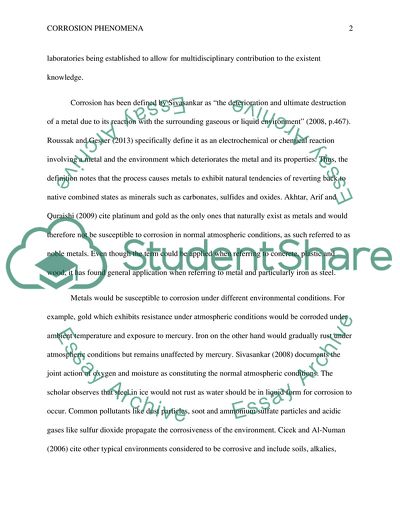Cite this document
(“Corrosion Phenomena Research Paper Example | Topics and Well Written Essays - 2500 words”, n.d.)
Corrosion Phenomena Research Paper Example | Topics and Well Written Essays - 2500 words. Retrieved from https://studentshare.org/chemistry/1617398-corrosion-phenomena
Corrosion Phenomena Research Paper Example | Topics and Well Written Essays - 2500 words. Retrieved from https://studentshare.org/chemistry/1617398-corrosion-phenomena
(Corrosion Phenomena Research Paper Example | Topics and Well Written Essays - 2500 Words)
Corrosion Phenomena Research Paper Example | Topics and Well Written Essays - 2500 Words. https://studentshare.org/chemistry/1617398-corrosion-phenomena.
Corrosion Phenomena Research Paper Example | Topics and Well Written Essays - 2500 Words. https://studentshare.org/chemistry/1617398-corrosion-phenomena.
“Corrosion Phenomena Research Paper Example | Topics and Well Written Essays - 2500 Words”, n.d. https://studentshare.org/chemistry/1617398-corrosion-phenomena.


